Platelet Type Von Willebrand Disease
Platelet type von willebrand disease. Screening tests show a normal platelet count and possibly a slightly prolonged partial thromboplastin time PTT. It is a communication from the Platelet. Platelet-type von Willebrand disease PT-VWD is a rare autosomal dominant platelet bleeding disorder with 55 patients reported worldwide so far probably frequently misdiagnosed.
Both PT-VWD and type 2B VWD represent an enhanced binding between the plasma von Willebrand factor VWF to its. There are several underlying causes of thrombocytopenia in type 2B vWD. Von Willebrand disease VWD is a common inherited bleeding disorder in the general population affecting males and females equally but women may be disproportionately impacted due to the bleeding challenges of menstruation and childbirth.
This leads to an increased removal of VWF multimers from the circulation as well as platelets and this results in a bleeding diathesis. Type 2 von Willebrand Disease Type 2 VWD is the next most common type. The receptor for von Willebrand factor.
Given the complexity of the disease the ability to accurately and appropriately diagnose individuals with VWD continues to be an important and much discussed topic of interest. Platelet-type von Willebrand disease PT-VWD or pseudo-VWD and type 2B VWD share a common bleeding phenotype with different etiologies. Diagnosis is based on low levels of von Willebrand factor antigen and von.
Platelet Glycoprotein GPIb-IX Complex. Von Willebrand disease VWD is one of the most common inherited bleeding disorders with a prevalence of symptomatic disease of 1 in 10 000. Patients with type 2B von Willebrand disease vWD caused by gain-of-function mutations in the gene coding for von Willebrand factor display bleeding to a variable extent and in some cases thrombocytopenia.
Pseudo platelet-type-von Willebrand disease is a rare autosomal dominant bleeding disorder caused by an abnormal function of the glycoprotein lb protein. Von Willebrand disease VWD is a hereditary deficiency of von Willebrand factor VWF which causes platelet dysfunction. PT-VWD is often mistakenly diagnosed as type 2B V.
Platelet-type von Willebrand disease update. 1 Characterized by abnormal platelet interactions with the subendothelium or other platelets the disease is caused by changes in the multimeric glycoprotein von Willebrands Factor vWF.
Pseudo platelet-type-von Willebrand disease is a rare autosomal dominant bleeding disorder caused by an abnormal function of the glycoprotein lb protein.
Platelet Glycoprotein GPIb-IX Complex. Platelet-type von Willebrand disease PT-VWD is a rare autosomal dominant platelet bleeding disorder with 55 patients reported worldwide so far probably frequently misdiagnosed. Type 2 von Willebrand Disease Type 2 VWD is the next most common type. Bleeding tendency is usually mild. VON Willebrands Disease vWD is the most common inherited bleeding disorder in humans with an estimated incidence as high as 23 in the general population. The disease the molecule and the animal model. Platelet-type von Willebrand disease PT-VWD or pseudo-VWD and type 2B VWD share a common bleeding phenotype with different etiologies. Screening tests show a normal platelet count and possibly a slightly prolonged partial thromboplastin time PTT. It is a communication from the Platelet.
The historical explanation of plateletVWF clearance fails to explain mechanisms of impaired haemostasis particularly in light of reported poor platelet binding to fibrinogen. Von Willebrand disease VWD is one of the most common inherited bleeding disorders with a prevalence of symptomatic disease of 1 in 10 000. Platelet-type von Willebrand disease also known as pseudo-von Willebrand disease is an autosomal dominant bleeding disorder characterized by abnormally enhanced binding of von Willebrand factor by the platelet glycoprotein Ib GP Ib receptor complex. This leads to an increased removal of VWF multimers from the circulation as well as platelets and this results in a bleeding diathesis. About 15 of people with VWD have Type 2. Othman M Lopez JA Ware J. Platelet-type von Willebrand disease PT-VWD is a rare autosomal dominant bleeding disorder which is due to a mutation in the gene encoding for platelet glycoprotein Ibalpha GPIbalpha resulting in enhanced affinity for von Willebrand factor VWF.




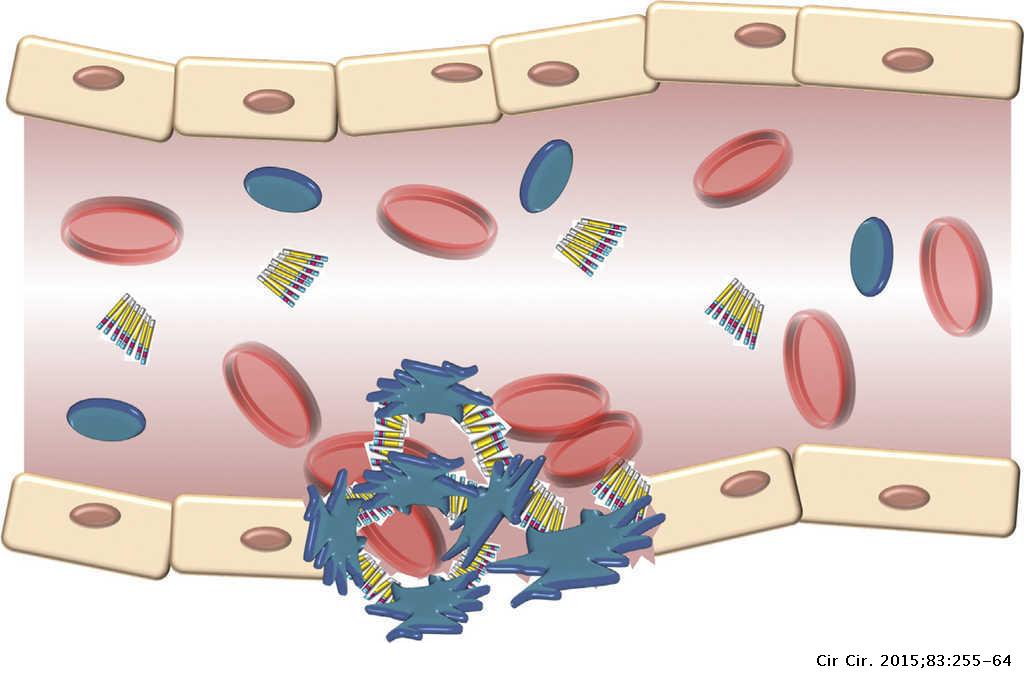



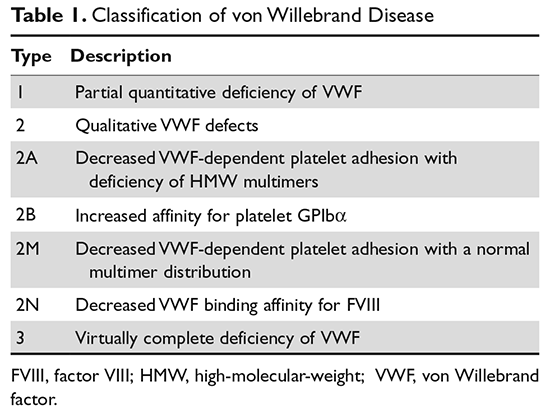
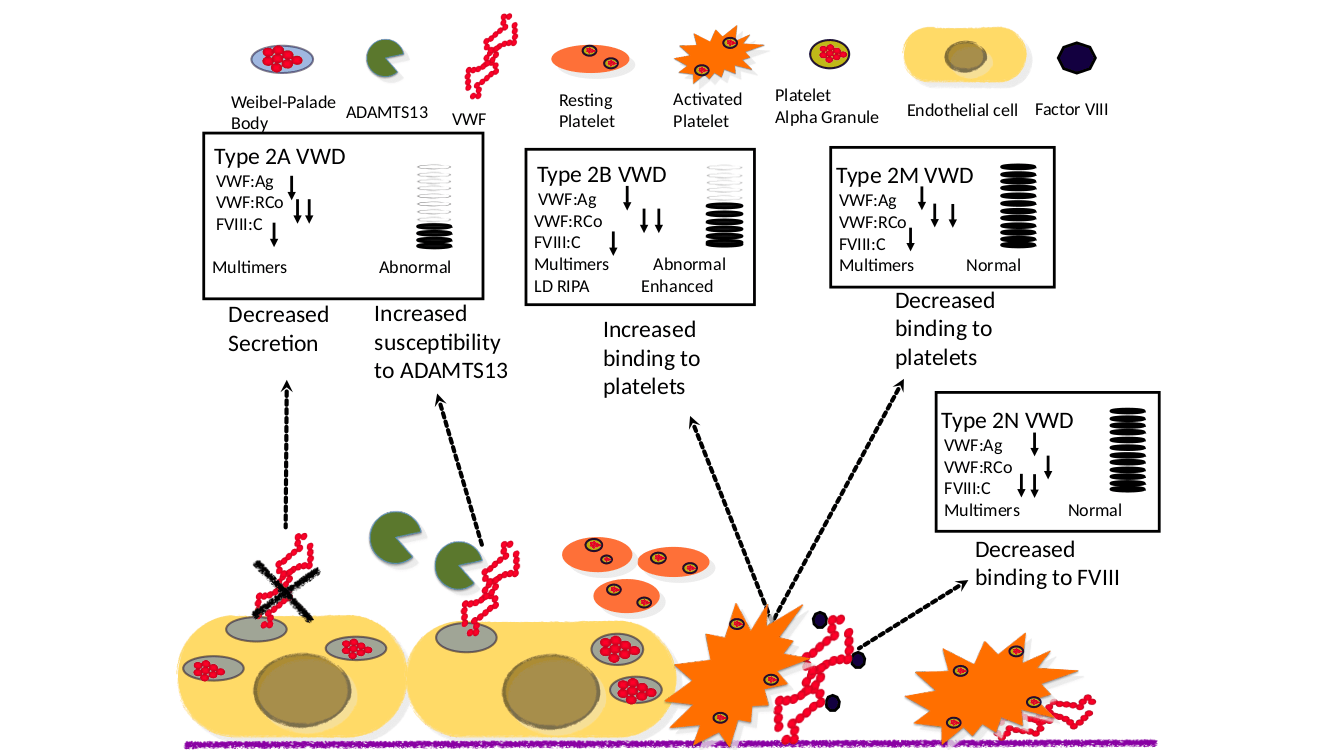


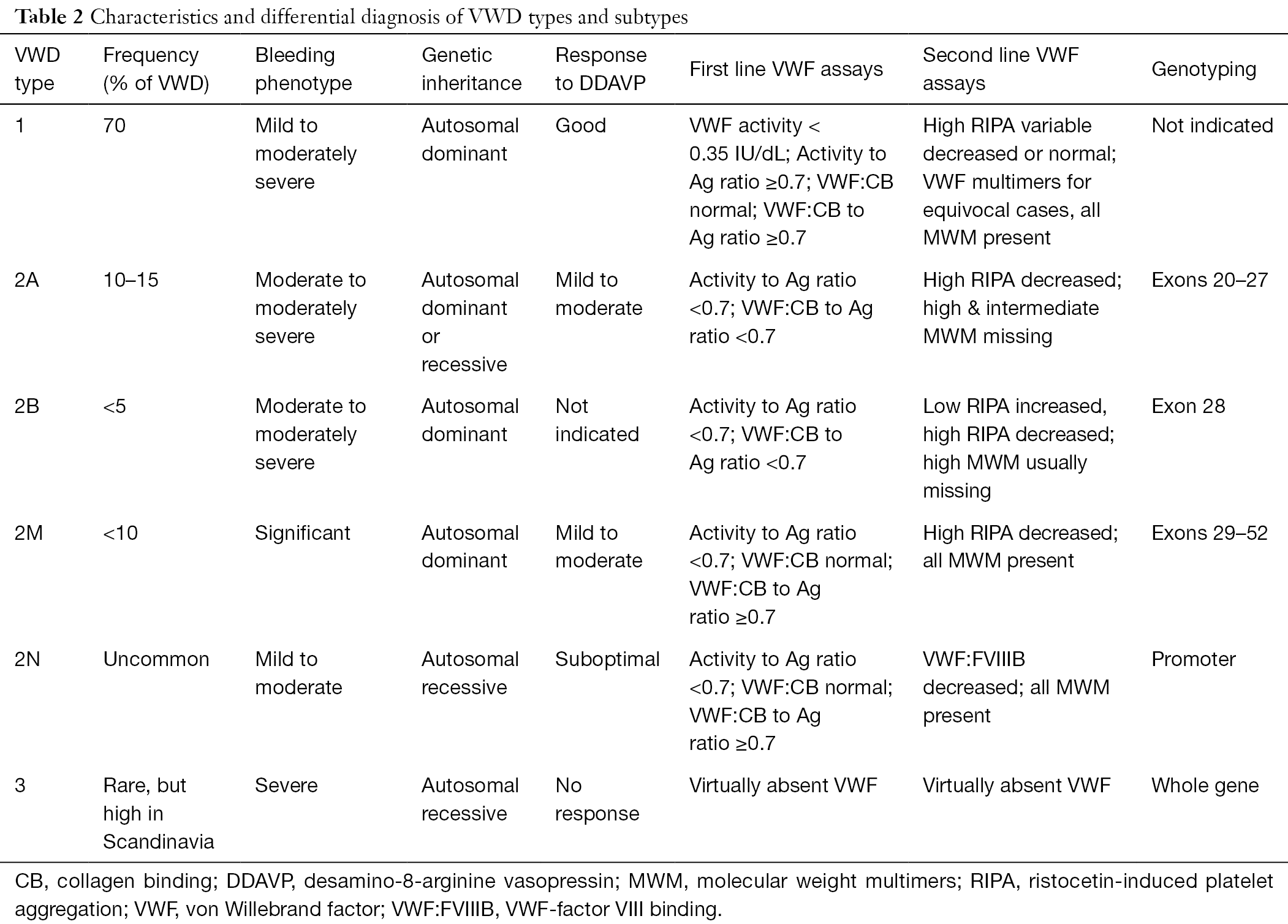




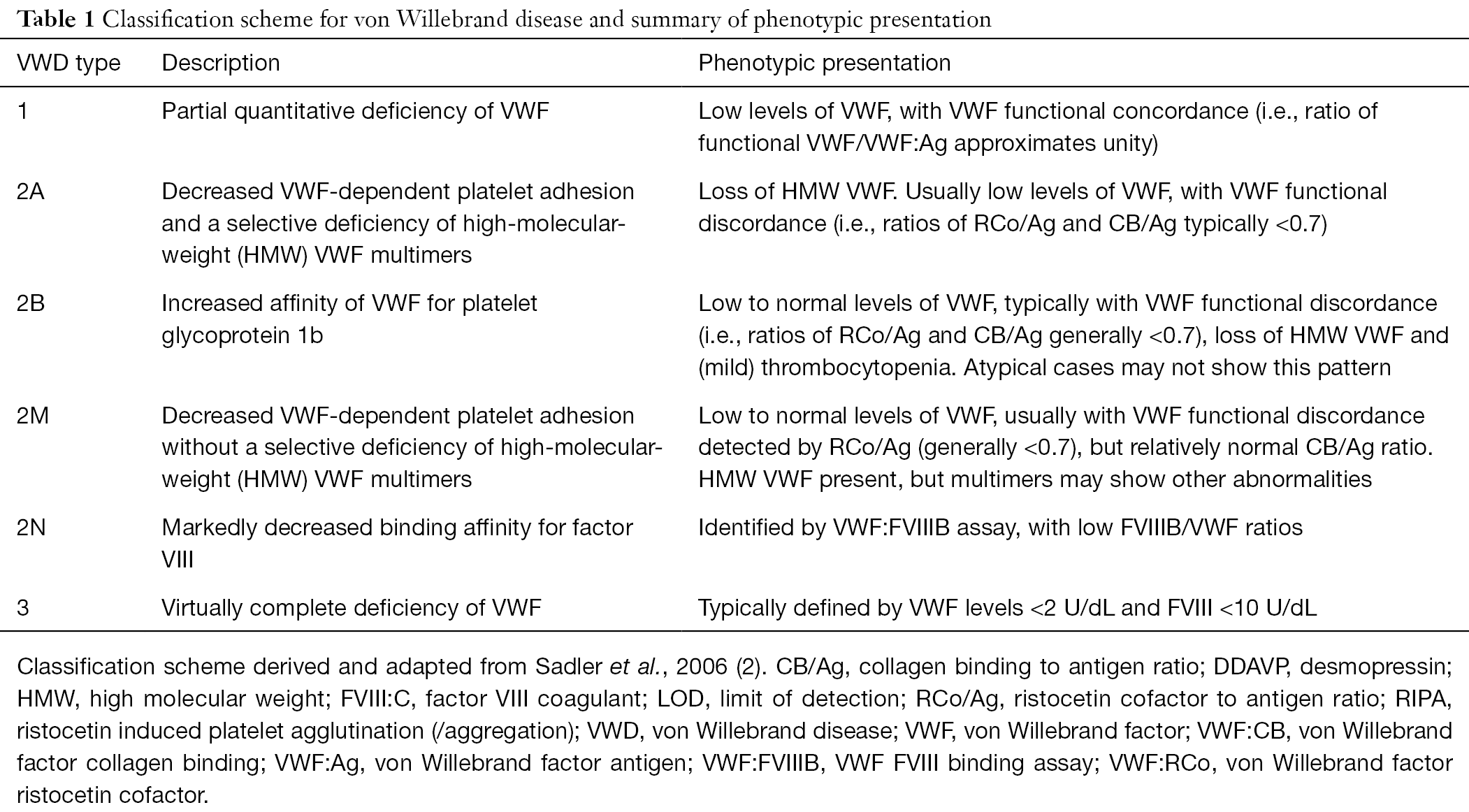

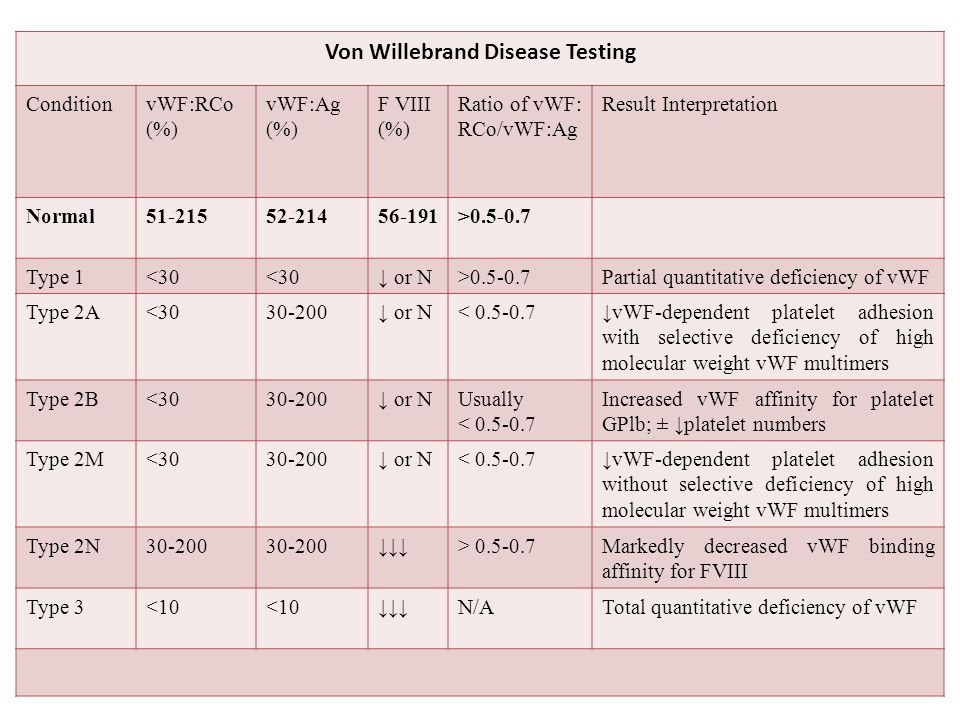
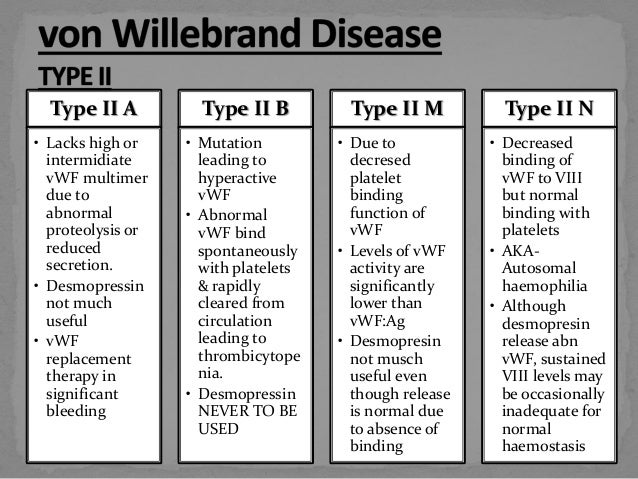





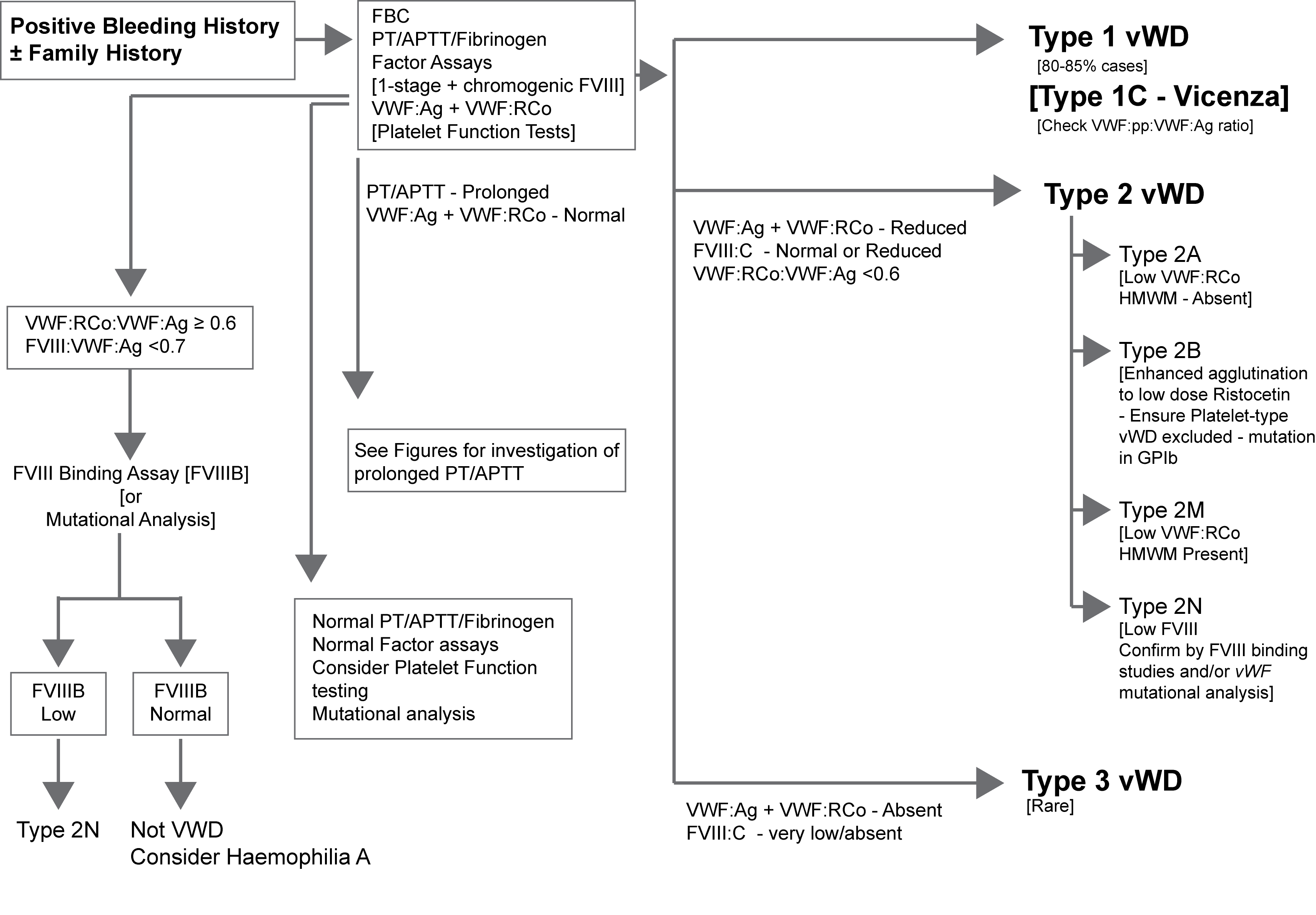

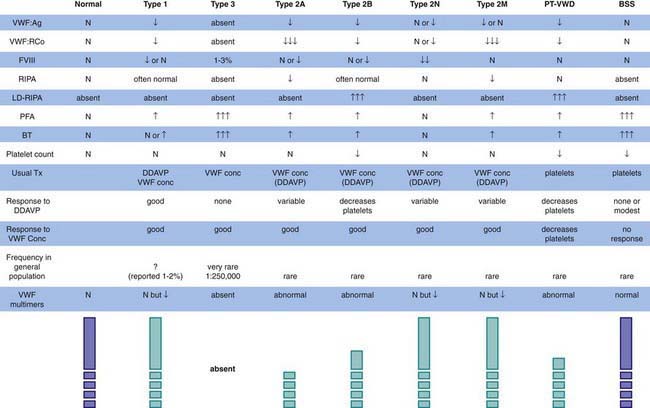


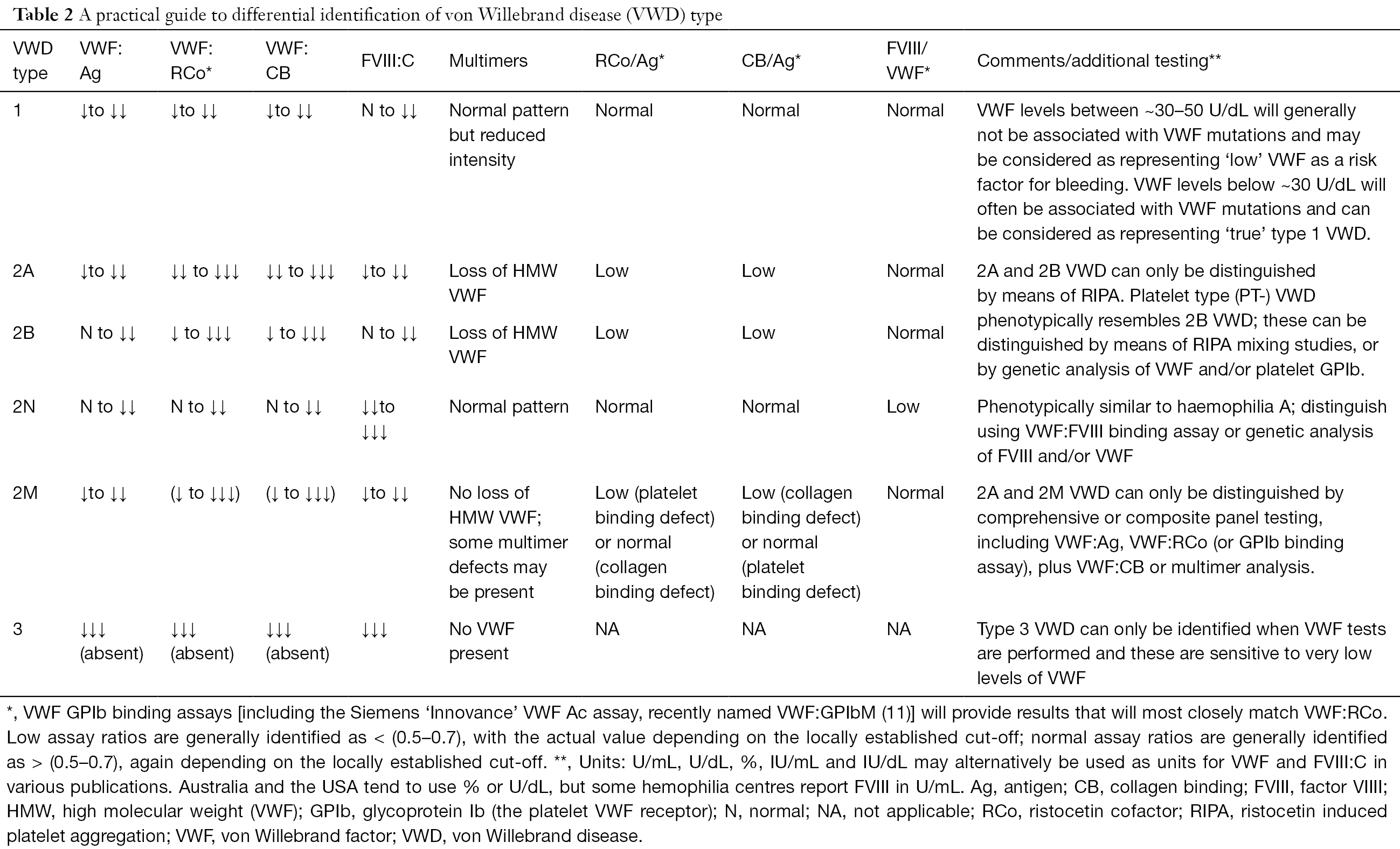




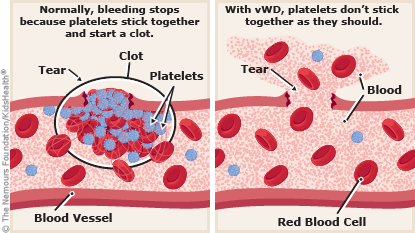
Post a Comment for "Platelet Type Von Willebrand Disease"